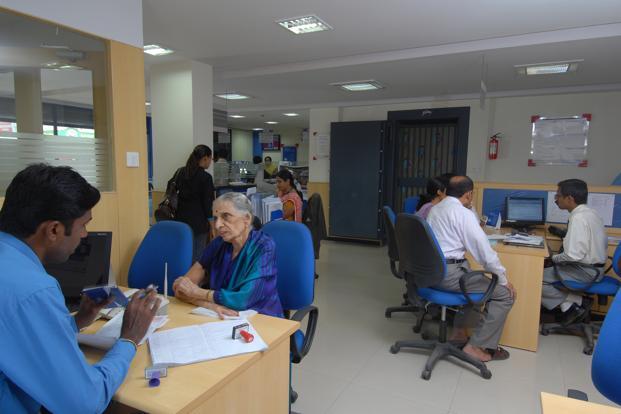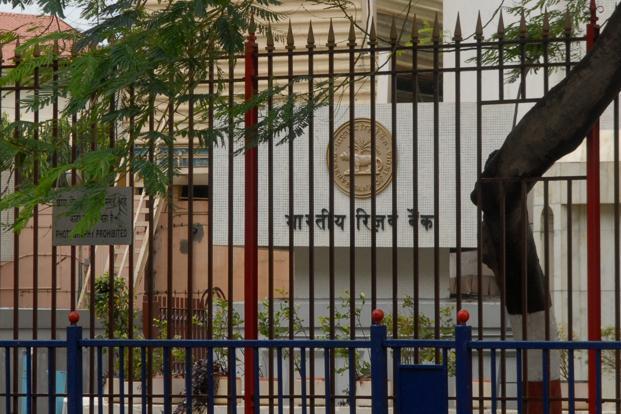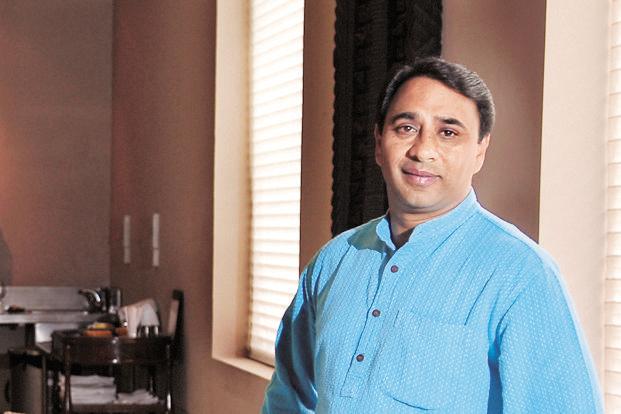India’s roughly Rs.10 trillion mortgage market is witnessing a quiet revolution. Even though it has been growing at around 18-19% every year, the size of the market continues to be pretty small—a minuscule portion of India’s gross domestic product—but the interesting development is that around one-third of the new home loans, in terms of units, has started flowing into the low-cost housing segment, where the size of a loan is less than Rs.10 lakh.
A string of initiatives by the government and a sensitive mortgage regulator, the National Housing Bank (NHB)—under the leadership of Sriram Kalyanaraman, its first managing director and CEO picked from the market—seem to be aggressively pushing for inclusive financing for home buying for people with meagre means.
Unlike licences for commercial banking, now being planned to offer on tap, licensing norms for housing finance companies (HFCs) have been fairly liberal. In fiscal year 2016, 11 new licences were given even as one licence was withdrawn. One of the new entrants is Vastu Housing Ltd, founded by senior bankers, including Bharat Financial Inclusion Ltd chairman P.H. Ravikumar. According to its managing director and CEO Sandeep Menon, since January, Vastu has disbursed around Rs.75 crore to 600 customers through 10 branches in six states, using “innovative, disruptive” technology. Many in the universe of 76 HFCs and state-owned as well as private banks have started using technology to reach out to the lower end of the customer segment for home loans.
Last year, new home loan disbursements were to the tune of Rs.2.9 trillion and, net of repayment, the growth has been close to Rs.2 trillion. The growth will be higher this year, riding the government’s thrust on meeting the housing needs in Asia’s third-largest economy. There is an estimated housing shortage of 18.7 million in urban pockets and 39.3 million in rural India. The government wants to take care of this by 2020.
Apart from being proactive in giving new licences to HFCs, the NHB is also the nodal agency for regulations, supervision as well as concessional refinancing. It offers rural housing finance to intermediaries at 6.12%, which can be lent to customers at 9.12%. Similarly, refinance for urban housing is being offered at 6.5%. So far, it has disbursed Rs.24,927 crore for 1.5 million rural units and Rs.5,950 crore for 170,000 urban units. Besides, it maintains a normal refinance window where banks and HFCs can get loans at around 8-9%. In fiscal year 2016, it disbursed some Rs.21,590 crore worth of refinance, taking its outstanding refinance book to around Rs.1.64 trillion.
Eight states have 80% share of the shortage of housing in urban pockets. They are Madhya Pradesh, Rajasthan, Bihar, Tamil Nadu, Andhra Pradesh, West Bengal, Maharashtra and Uttar Pradesh. At least four government schemes have been in the works to meet the housing shortage of 18.7 million across 681 cities. The schemes include the redevelopment of slums, creation of affordable housing through public-private partnerships, subsidy for economically weaker sections of the society and a credit-linked subsidy.
The promotion of affordable housing for weaker sections through credit-linked subsidy is a vertical under the Pradhan Mantri Awas Yojana and probably the most promising one. Under the credit-linked subsidy scheme, a person buying her first house, costing between Rs.3 lakh and Rs.6 lakh, gets 6.5% interest subsidy. This is discounted upfront and credited to the customer’s account within 10 days of the disbursement of the loan, before the first equated monthly instalment or EMI starts. Around 140 intermediaries including commercial banks, cooperative and regional rural banks as well as HFCs have signed up with the NHB to implement this scheme in 29 states, effective from mid-June 2015 to March 2022. Till now, the NHB has made total subsidy disbursement of Rs.119.53 crore to 57 agencies for more than 7,000 households.
The other agency involved in this project is the Housing & Urban Development Corp. Ltd (Hudco), under the administrative control of the ministry of housing and urban poverty alleviation (MHUPA). Many of the beneficiaries of his scheme are primary school teachers. The NHB has been regularly holding workshops to create awareness about this scheme—both among the beneficiaries as well as financial intermediaries.
In the past, quite a few such schemes were implemented, but none of them could claim to be a great success. For instance, the finance ministry in 2009 introduced a 1% interest subvention scheme on individual housing loans up to Rs.10 lakh till 2011 and Rs.15 lakh till 2013. The scheme was closed in March 2013. The NHB had disbursed subsidy of Rs.775.30 crore for 1.55 million transactions.
Similarly, the MHUPA had introduced another scheme—Interest Subsidy for Housing the Urban Poor—in December 2008, offering an interest subsidy of 5% every year for a maximum loan amount of Rs.1.6 lakh. It continued till September 2013. Yet another scheme, Rajiv Rinn Yojana, which started in October 2013 offering subsidy for loans up to Rs.8 lakh, was closed in April 2015.
None of them has made a huge impact on the sector even as the latest one promises to be a game-changer. I understand that the government is working on a similar scheme for rural housing where the average loan size would be Rs.2.5-3 lakh and around 25 million beneficiaries have already been identified.
The NHB has been looking into other aspects of mortgages as well for low-cost rental housing (for migratory labourers), creation of title insurance (to ensure speedy bank loans), uniform stamp duty across states, a heat map to catch the first sign of bubble in the housing market in any part of the country and refinancing microfinance institutions for tiny home loans.
There is no reason why financial intermediaries would not get excited about spreading low-cost housing as delinquency in mortgages is only 1.5%. If some of the schemes work well and half of what is on the drawing board gets translated into action, we will have an inclusive mortgage market in India by 2020.



